- Home
- Material Handling
- Lifting Pulling Positioning
- Hoists Trolleys
- Replacement Components For Hoists
.....Read More
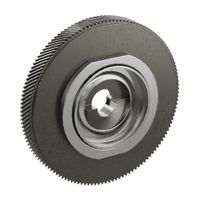
Brakes & Brake Components for Hoists
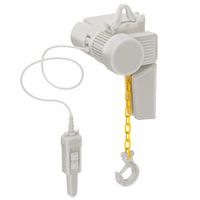
Chains, Containers, Guides, Blocks & Pins for Hoists

Handles & Grips for Lever Chain Hoists
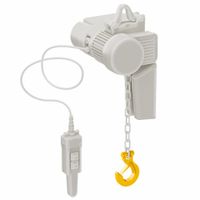
Hooks, Hook Blocks & Hook Latches for Hoists
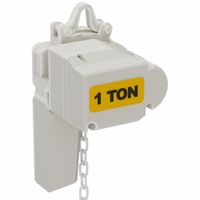
Labels for Hoists & Trolleys
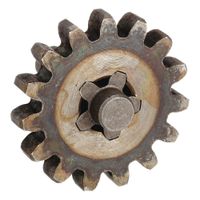
Motors, Gears & Capacitors for Hoists
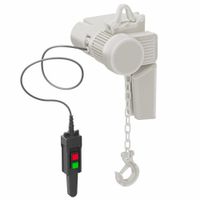
Pendant Stations & Cords for Hoists

Replacement Parts for Hoists & Trolleys
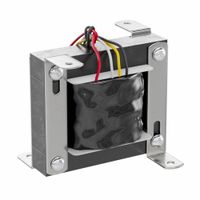
Transformers for Hoists
Frequently Asked Questions
What are the most common replacement parts needed for hoist repair?
How do I choose the right hook block for my hoist?
What is the importance of using proper lifting chains and hooks?
How can I ensure the safe operation of my hoist?
What are the signs that a hoist motor or brake needs replacement?
How do I maintain and inspect hoist components for longevity?
What should I consider when selecting a pendant station for my hoist?